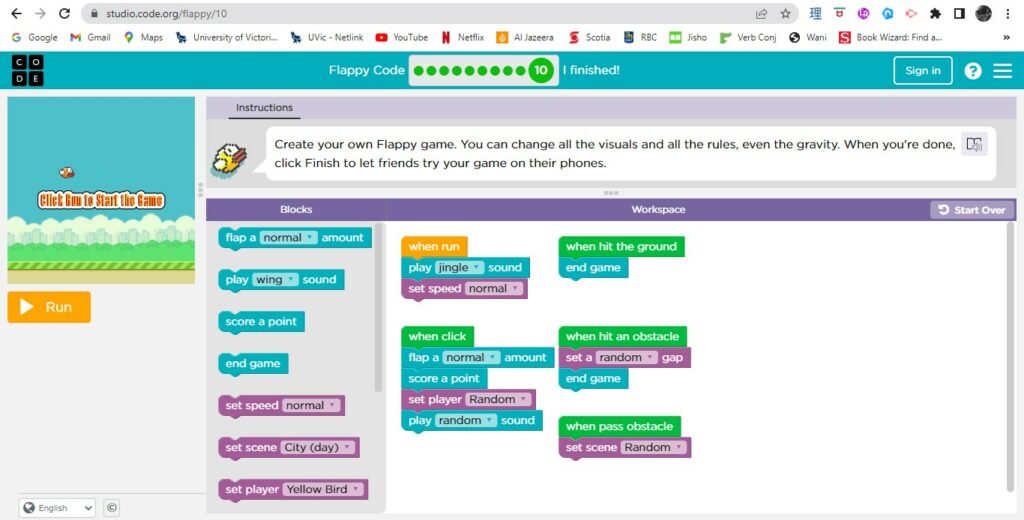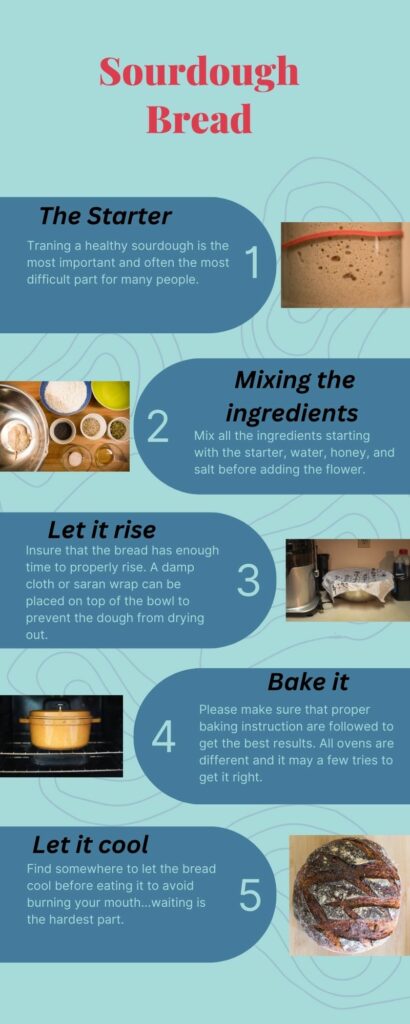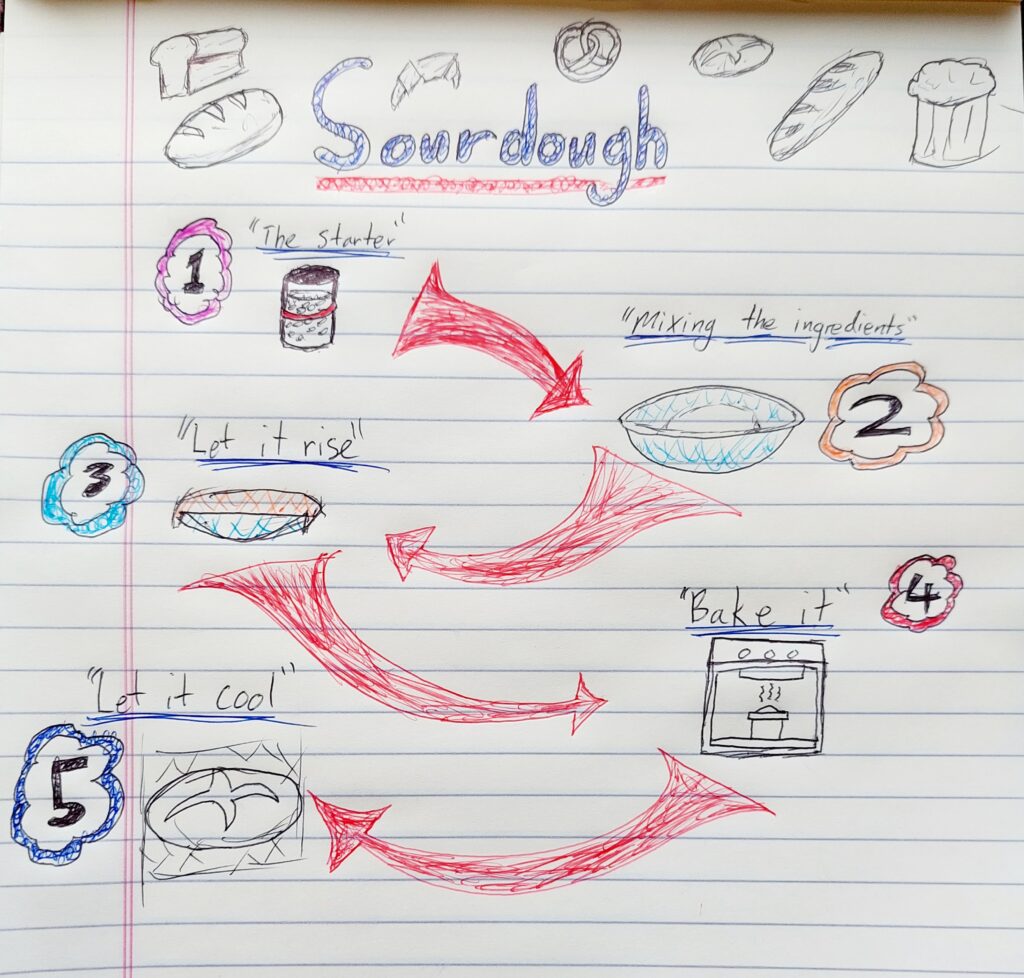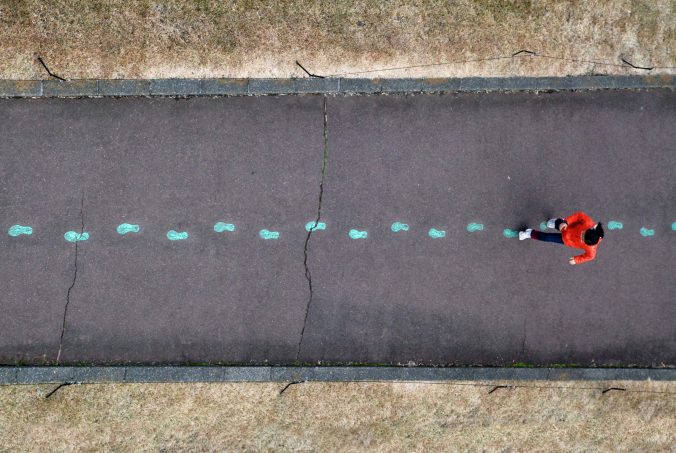
Over the course of my inquiry into the perfect loaf of sourdough bread I have made approximately three loaves of bread a week and sometimes much more. Some of them were successes while others were failures. At first, the failures outweighed the successes and my bread more closely resembled a brick than a loaf of bread—but we ate them anyways. Toast it and load it with butter or turn it into french toast, both work with bread that is less than perfect. The successes on the other hand were super tasty moments I loved sharing with my partner and friends. When a loaf of sourdough came out of the oven having sprung up over twice the size of the dough I initially put in the oven, I may have jumped for joy with a grin that only left my face once I had closed my eyes for the night—even then I’m sure there were remnants of a smile and maybe some bread crumbs too.
The biggest breakthroughs I had were a long time in the making, more of a trial and error that is still ongoing. The most difficult thing I found about making a beautiful loaf of sourdough was getting the bread to rise well, the nice crispy crust wasn’t so much of a difficulty. I posted a few weeks back about the little tricks I use to help the bread get a good rise. I picked a few of them up as I researched and tried to get to the bottom of why my bread was rising so inconsistently even though my starter was super healthy.
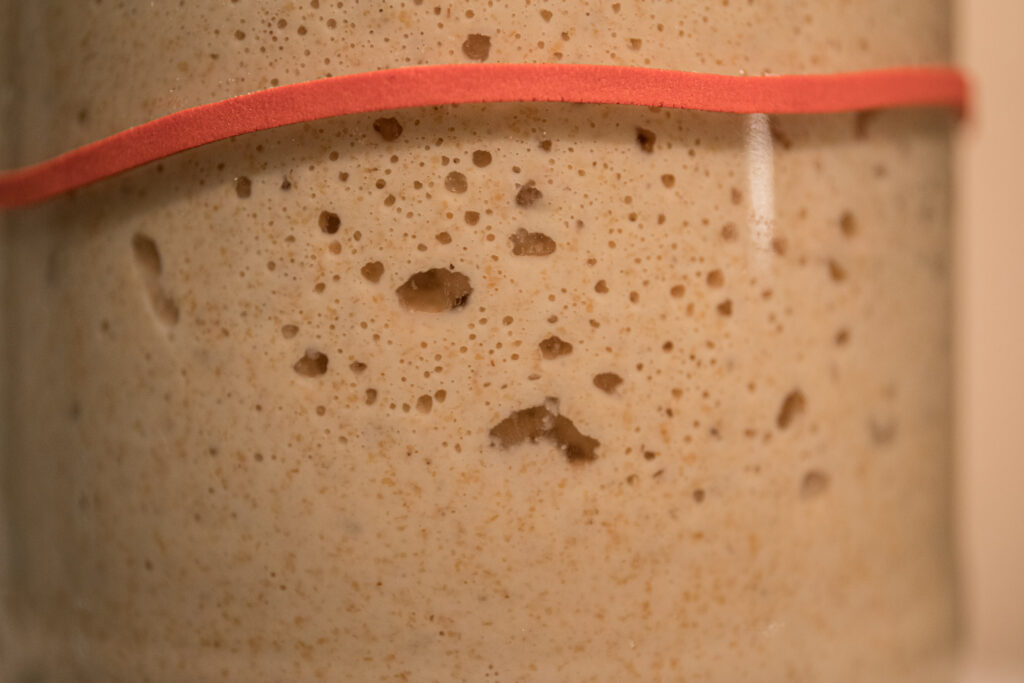
If I were to carry out this inquiry again, I would choose a recipe that is easy to scale up or down. What I mean by this is that it is easy to increase the size of the batch to make even more bread using less starter. The amount of starter I had to work with was always the limiting factor because the recipe uses quite a bit of it. The reason being that opening a bakery is an idea my wife and I have toyed with and having a recipe that is easy to increase and decrease the size of without the need for a large quantity of starter would be more than necessary—I know there are quite a few of these recipes.
Though I am very happy with the breakthroughs I have made with baking sourdough bread, there are other avenues I wish I had gone down. For example, I could have used this inquiry to further develop my understanding of musical theory and taken you along for the ride, or chosen an inquiry topic that would require me to spend more time outside–something that has been somewhat limited since Paul joined us a few months ago. The reality is that it would have been much harder to complete an inquiry that required a lot of leg work and travelling around.
Though I mostly stuck to a few applications of technology I learned about in education technology, I feel a lot more comfortable using different forms of technology in the classroom I would have probably avoided before. I’m grateful for this and look forward to the day when I have my own classroom where I can let the students creatively express themselves and their knowledge in a variety of ways. I thought I never would have said it but we may even go on a Minecraft field trip!
